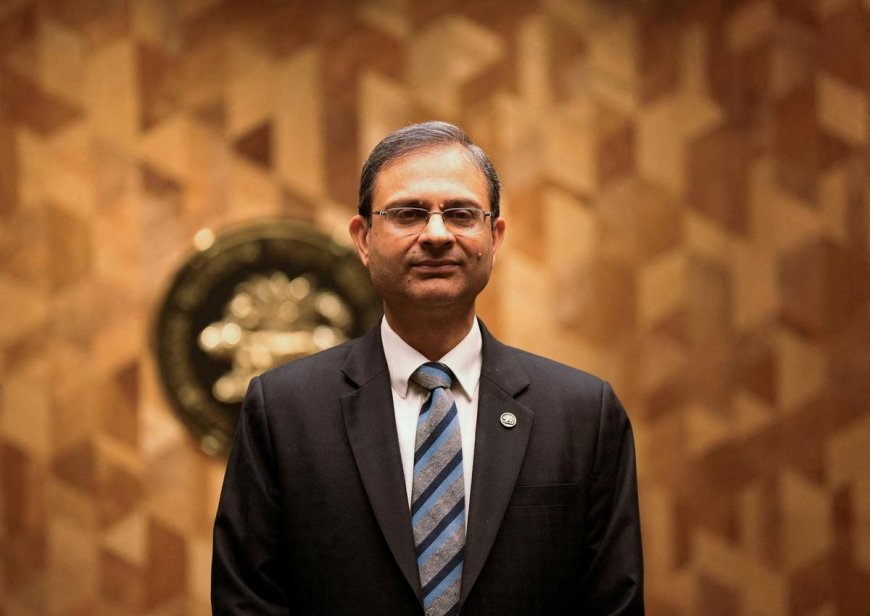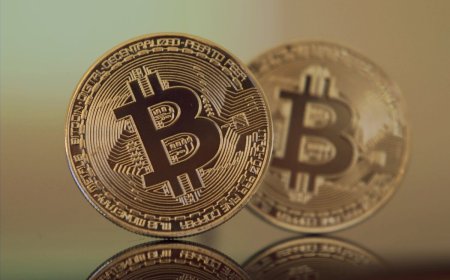RBI Lowers Borrowing Cost by 25 Basis Points, Bringing It Down to 6.25%
The Reserve Bank of India has reduced the lending rate by 25 basis points, setting it at 6.25%. This decision is expected to impact borrowers and the overall economy. Here’s a detailed analysis of what it means.

RBI Lowers Borrowing Cost by 25 Basis Points, Bringing It Down to 6.25%
The Reserve Bank of India (RBI) has announced a decrease in the lending rate, reducing it by 25 basis points and setting it at 6.25%. This move is expected to have a notable effect on the economy, borrowers, and financial institutions. Let’s take a closer look at the implications of this change.
1. What Does This Rate Cut Mean?
-
The term ‘basis points’ is used to measure small changes in interest rates, where 1 basis point equals 0.01%.
-
A 25 basis point cut means the rate has been lowered by 0.25%, making loans more affordable.
-
This reduction in lending rates helps individuals and businesses access credit at a lower cost.
2. Why Did the RBI Reduce the Lending Rate?
-
The RBI periodically adjusts interest rates based on economic conditions to maintain stability and promote growth.
-
A rate cut is typically aimed at stimulating economic activity, particularly during slowdowns.
-
The decision may have been influenced by factors such as inflation trends, GDP growth, and global financial conditions.
3. Impact on Loan Borrowers
-
Home Loans: Borrowers with floating interest rates will see a reduction in their monthly EMIs.
-
Personal and Auto Loans: Banks may lower interest rates on new loans, making borrowing more attractive.
-
Business Loans: Companies looking to expand may find it more cost-effective to take loans for new projects.
4. Effect on Banks and Financial Institutions
-
With lower lending rates, banks might experience a decline in profit margins as they earn less interest.
-
However, a reduction in rates could lead to increased borrowing, boosting overall lending activity.
-
The financial sector may need to balance between offering competitive loan rates and maintaining profitability.
5. How Will This Change Affect the Economy?
-
Lower borrowing costs encourage more spending and investment, which can lead to higher economic growth.
-
Sectors such as real estate, automobile, and infrastructure could benefit from increased demand due to affordable credit.
-
On the downside, reduced interest rates might lower returns on savings, impacting conservative investors.
6. What Does This Mean for Fixed Deposits and Savings Accounts?
-
Banks often adjust deposit rates in response to lending rate changes.
-
A reduction in lending rates might lead to lower fixed deposit interest rates, affecting individuals who rely on savings for income.
-
People may look for alternative investment options like stocks or mutual funds for better returns.
7. Comparison with Previous Rate Decisions
-
The RBI frequently revises rates based on economic indicators.
-
Looking at past trends, similar cuts have been made during periods of slow economic growth to encourage lending and spending.
-
This latest move aligns with the central bank’s strategy to maintain financial stability while supporting economic expansion.
8. Global Influence on India’s Interest Rate Decisions
-
Central banks worldwide adjust their interest rates based on global economic conditions.
-
RBI's decision may have been influenced by rate movements in major economies such as the US and Europe.
-
A global trend of reducing interest rates often pushes domestic financial regulators to take similar steps to remain competitive.
9. Future Expectations: Will Rates Drop Further?
-
Analysts will closely monitor inflation, economic growth, and external factors to predict the RBI’s next move.
-
If inflation remains low and growth needs further stimulation, another rate cut could be on the horizon.
-
Conversely, if inflation rises significantly, the RBI might hold off on additional reductions.
10. Final Thoughts: A Move Towards Economic Growth
-
The RBI’s decision to cut lending rates aims to make borrowing more accessible and boost economic momentum.
-
While it benefits borrowers, it may also present challenges for savers and financial institutions.
-
Whether this decision achieves its intended effects will depend on various factors, including global market trends and domestic economic responses.
This rate adjustment by the RBI plays a crucial role in shaping India’s financial landscape. As individuals, businesses, and banks adapt to this change, the coming months will reveal how effective the move has been in driving economic progress.
What's Your Reaction?

































































